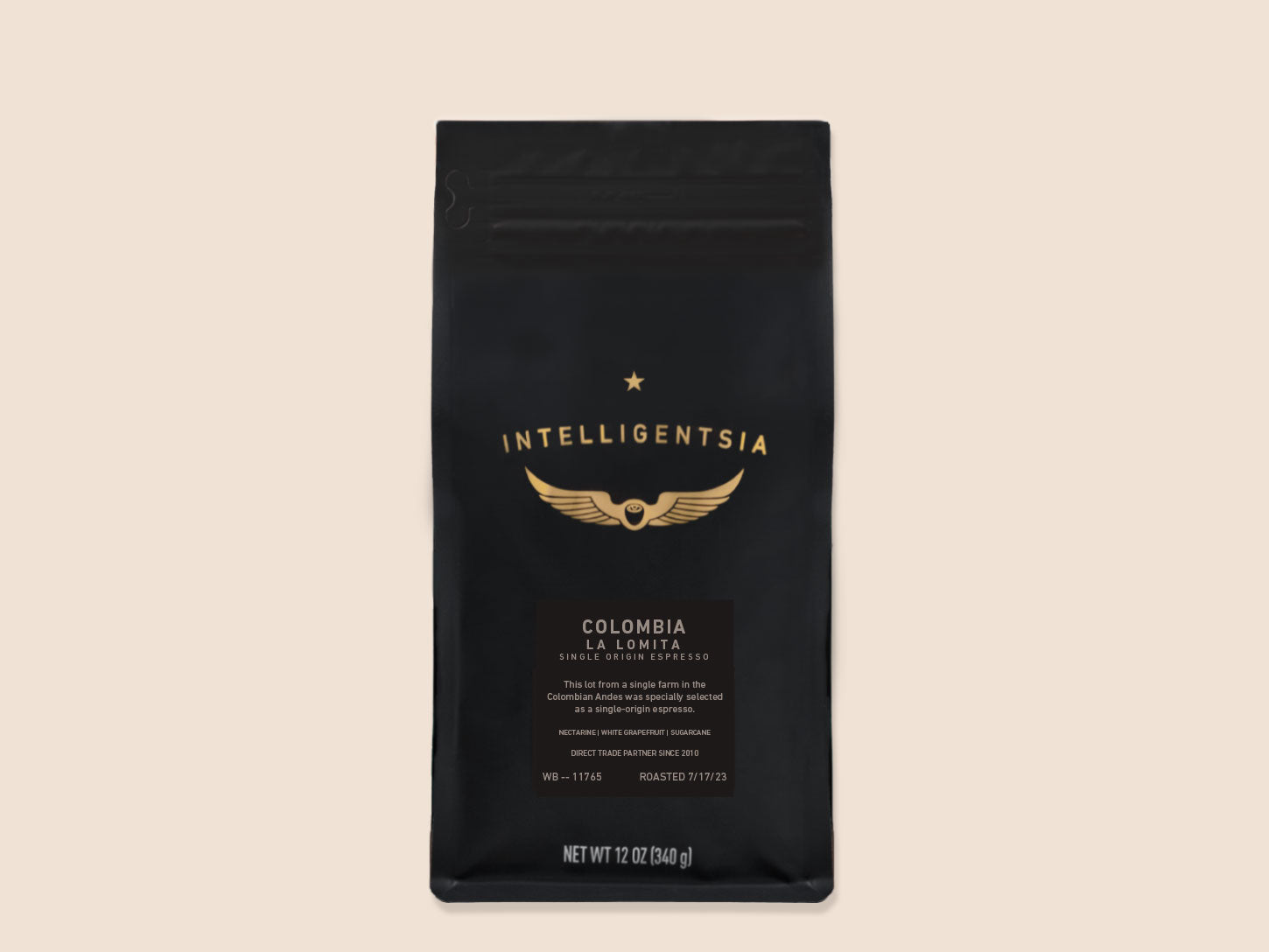Coffee Beans 101: Everything You Need to Find Out About Espresso and Blended Coffee Beans
When it involves coffee, understanding the subtleties of espresso and blended beans can change your day-to-day mug. You'll uncover the distinct qualities of Arabica and Robusta beans, and just how each impacts flavor and high levels of caffeine web content. From the growing process to toasting techniques, every action contributes in your coffee experience. So, what makes the excellent mixture? Let's check out the important aspects that add to an extraordinary mug of coffee.
Understanding Coffee Beans: Kinds and Selections
When diving into the globe of coffee, understanding the kinds and selections of coffee beans is crucial for every enthusiast. Arabica beans are known for their smooth, intricate flavors and reduced caffeine material, making them a preferred among coffee enthusiasts.
Ethiopian Yirgacheffe provides intense floral notes, while Colombian beans give a well-balanced taste profile. By acquainting yourself with these beans and their flavors, you'll boost your coffee experience and make more educated selections in your brewing trip.
The Expanding Process: From Seed to Bean
When you explore the journey of coffee, it all beginnings with seed selection strategies that set the structure for top quality. From there, farming and collecting play vital functions in making certain the beans grow. Lastly, handling approaches change those gathered cherries right into the coffee beans you love.
Seed Option Techniques
Choosing the appropriate seeds is important for creating high-quality coffee beans, as it lays the foundation for the whole expanding procedure. You should begin by choosing seeds from trustworthy sources that prioritize high quality and hereditary diversity. Try to find selections known to grow in your specific climate and soil conditions. Take note of the seed's age and storage conditions, as fresh seeds have a tendency to sprout much better. When feasible, go with natural seeds to minimize exposure to dangerous chemicals. Think about the illness resistance of different ranges, as this can greatly influence your yield. Don't hesitate to seek advice from with neighborhood farmers or specialists to get understandings into the best seed options for your area. This expertise will certainly improve your coffee-growing experience.
Growing and Harvesting
As you nurture your coffee seeds right into prospering plants, comprehending the cultivation and harvesting procedure is crucial for achieving the best taste and quality. Beginning by planting your seeds in well-draining dirt, ideally in a shaded location to safeguard them from straight sunlight. As your plants expand, keep constant dampness, and bear in mind their requirement for nutrients. Trim regularly to promote airflow and healthy and balanced growth.
When it comes time to harvest, seek ripe cherries, which normally turn a vibrant red. Hand-picking is usually the finest method to guarantee only the ripest cherries are chosen. Timing is necessary; harvesting prematurely or far too late can impact the taste account of your beans. Welcome patience and treatment, as this is where top quality begins.

Handling Methods Clarified
Once you've collected your coffee cherries, the next essential action is processing them to transform those lively fruits into the beans you'll make. There are two main approaches: the wet procedure and the completely dry procedure. In the dry process, you spread the cherries out in the sun to dry, enabling the fruit to ferment and impart one-of-a-kind flavors to the beans. On the various other hand, the wet process involves eliminating the fruit instantly and fermenting the beans in water, causing a cleaner preference. After processing, the beans are hulled, arranged, and normally dried once again. Each method influences the taste account, so experimenting with both can aid you find your preferred mixture. Recognizing these techniques is crucial to appreciating your coffee experience.
Roasting Methods: How Taste Is Developed
When it concerns roasting coffee beans, understanding roast levels is essential to exposing their special flavors. Each toasting method impacts the fragrance and improves the taste development process, providing you a richer coffee experience. Let's check out just how these factors collaborated to elevate your day-to-day mixture.
Roast Degrees Described
Roast levels play a crucial function in shaping the taste account of your coffee. By recognizing these degrees, you can better select a coffee that matches your preference choices. Experiment with various roasts to discover which one reverberates with you, boosting your general coffee experience and pleasure.
Influence On Scent
The roast level not just influences the taste of your coffee yet also greatly impacts its fragrance. Each toasting method releases various volatile substances, forming exactly how your coffee scents. Furthermore, the freshness of the beans plays an important role; newly baked coffee releases extra fragrant oils, enhancing that enticing aroma.
Taste Development Process
As you explore the flavor growth process, you'll find that roasting methods play an essential duty fit the preference profile of your coffee. The roasting temperature level and time directly influence the level of acidity, sweet taste, and anger of the beans. Light roasts keep more of the bean's initial tastes, highlighting fruity and floral notes. Tool roasts balance acidity and body, using a well-rounded taste. Dark roasts, on the various other hand, draw out bold, great smoky features while reducing the bean's integral high qualities. During roasting, chemical responses, like the Maillard reaction and caramelization, change the beans and improve their complexity. Experimenting with various roasting degrees can aid you find your ideal mixture, so don't think twice to taste and discover the abundant spectrum of flavors!
Espresso vs. Blended Coffee: Key Distinctions
Espresso and blended coffee each deal special experiences that deal with different tastes and choices. Coffee is a concentrated coffee brewed by requiring warm water via finely-ground coffee beans, causing a rich, bold flavor and a creamy layer of crema on top. It's commonly appreciated as a shot or used as a base for beverages like coffees and lattes.
On the various other hand, combined coffee incorporates numerous beans from various regions, producing a more balanced taste account. You'll commonly discover blends that highlight acidity, body, or sweetness, making them versatile for various developing approaches. While coffee concentrates on strength, combined coffee may provide a broader series of tastes that can transform with each sip.
Ultimately, your selection in between espresso and blended coffee come down to your individual choice. Whether you hunger for a leisurely cup or a quick shock, both alternatives have something delicious to offer.

Developing Techniques: Unlocking the Perfect Mug
When it concerns developing coffee, discovering the right approach can transform your experience and raise your mug. Each developing technique has its distinct beauty and can significantly influence your coffee's flavor and scent. For instance, utilizing a French press permits you to delight in a abundant and robust brew, while a pour-over technique gives a clean, bright cup with unique tastes.
If you like espresso, purchasing a quality device can help you grasp the art of drawing shots. Alternatively, for convenience, a single-serve husk system supplies rate without giving up preference.
Don't neglect concerning chilly brew, which supplies a smooth, much less acidic coffee suitable for warm days. Experiment with various techniques to discover what reverberates with your taste buds.
Tasting Notes: Recognizing Taste Profiles
Exactly how can you genuinely value your coffee if you do not understand what flavors to look for? Tasting notes are your guide to recognizing the complicated world of coffee. Pay interest to the preliminary tastes that strike your taste buds when you drink. You might discover fruity notes, like berry or citrus, or perhaps a nutty undertone. As you continue to taste, observe how the tastes advance-- this is referred to as the "finish." Some coffees could leave a chocolatey or caramel aftertaste, while others may have a bright, tidy coating.
Take into consideration the body of the coffee, as well; SOE is it light and ventilated or thick and syrupy? Do not neglect acidity; an intense acidity can add spiritedness, while a reduced acidity might provide a smoother experience. By recognizing these flavor profiles, you'll strengthen your link with each cup, making coffee tasting a wonderful journey of exploration.

Tips for Picking and Storage Coffee Beans
Keeping and selecting coffee beans correctly can considerably improve your developing experience. Begin by selecting top notch beans that match your preference - SOE.
As soon as you have your beans, keep them in a closed container to stop direct exposure to air, dampness, and light. A dark, amazing location works best, so avoid maintaining them in the refrigerator or fridge freezer, as this can introduce moisture. Just grind the quantity you need to maintain quality; entire beans maintain taste longer than pre-ground coffee.
Finally, try to utilize your beans within two to four weeks after opening for peak preference. Complying with these suggestions will guarantee your coffee remains savory and delightful, raising your daily mixture to brand-new heights.
Regularly Asked Inquiries
How Much Time Do Coffee Beans Keep Fresh After Roasting?
Coffee beans stay fresh for concerning 2 weeks after roasting - SOE. You need to save them in a closed container, far from light and wetness. After that, their taste and aroma begin to decrease significantly

Can I Mix Different Coffee Bean Varieties?
Definitely, you can mix various coffee bean varieties! Try out blends can improve flavors and produce a distinct preference profile. Simply make certain to stabilize the staminas and characteristics of each selection for the very best outcomes.
What Is the Ideal Work Size for Espresso?
For coffee, you'll want a great grind size, concerning the structure of common salt. This allows excellent extraction, causing a rich, tasty shot. Experiment a little bit to discover what suits your preference best!
How Does Elevation Affect Coffee Bean Taste?
Altitude affects coffee bean flavor by affecting the growth rate and chemical make-up. Higher elevations bring about slower maturation, which enhances acidity and intricacy, giving your coffee a lively and one-of-a-kind taste you won't neglect.
Are There Decaffeinated Versions of Coffee Beans?
Yes, there are decaffeinated variations of coffee beans. You can take pleasure in an abundant espresso flavor without the high levels of caffeine kick. Simply seek "decaf" blends at your local coffee store or specialized shop.
Coffee Beans 101: Everything You Need to Know Regarding Coffee and Blended Coffee Beans.
When diving into the world of coffee, recognizing the types and varieties of coffee beans is necessary for every enthusiast.When it comes to roasting coffee beans, comprehending roast degrees is crucial to disclosing their one-of-a-kind flavors. Coffee is a focused coffee made by requiring warm water via finely-ground coffee beans, resulting in a rich, vibrant taste and a luscious layer of crema on top.On the other hand, mixed coffee integrates numerous beans from different regions, producing an extra balanced taste profile.